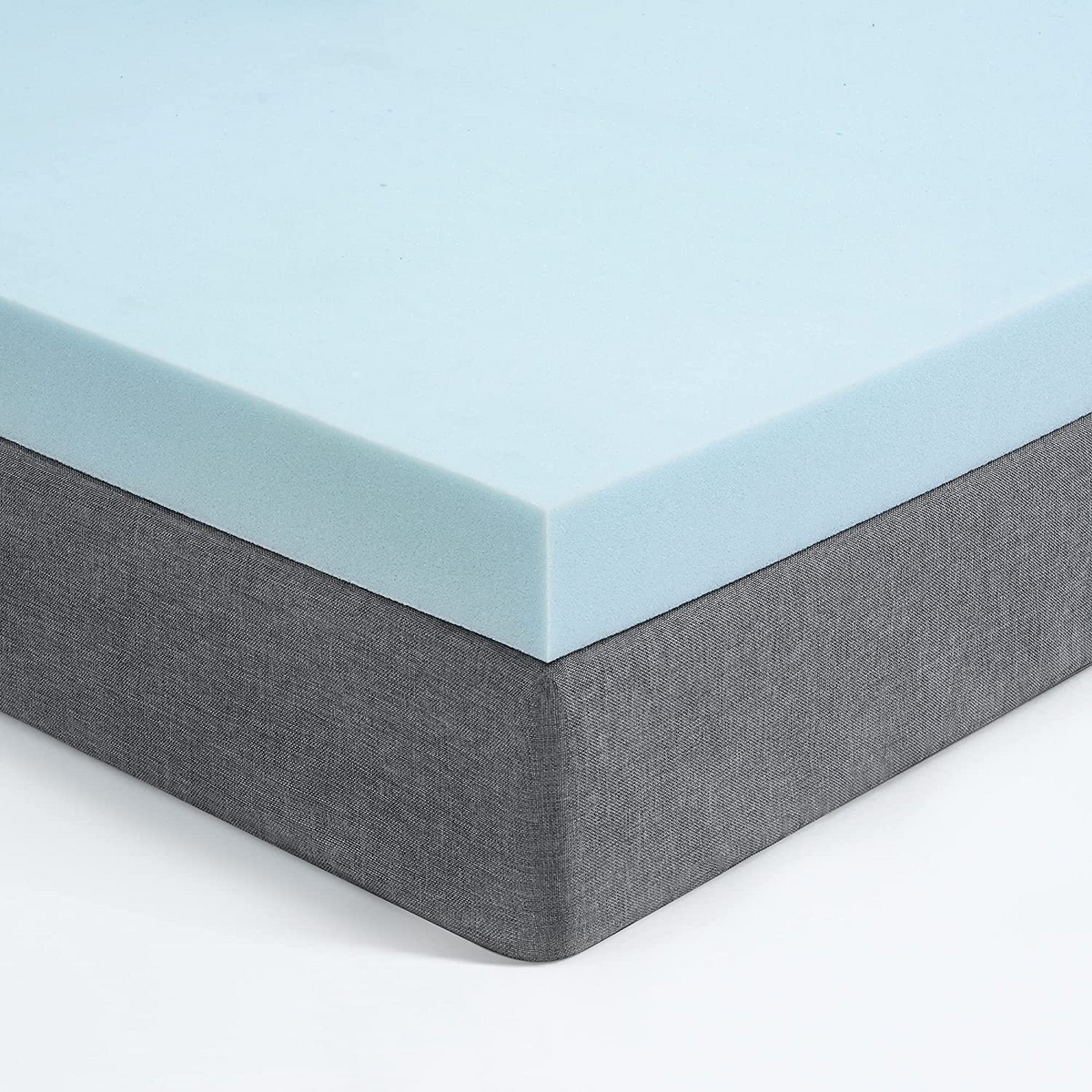
Silicone surfactants are essential components in the production of high resilience (HR) foam, particularly polyurethane foam. They offer several advantages and applications due to their unique chemical properties. Here are some of the key applications of silicone surfactants in high resilience foam:
1. Improved Foam Stability
Silicone surfactants help in stabilizing the foam structure during the manufacturing process. They ensure that the foam cells remain uniform and prevent collapsing or coalescing, leading to a consistent foam quality.
2. Enhanced Cell Structure
The use of silicone surfactants contributes to the formation of a fine and regular cell structure in HR foams. This is crucial for achieving the desired mechanical properties, such as flexibility, resilience, and comfort.
3. Better Flowability
Silicone surfactants improve the flowability of the foam mixture, allowing it to fill molds more effectively. This results in better-defined shapes and structures, which is particularly important in applications requiring precise molding, such as in automotive seats and high-end furniture.
4. Reduction in Foam Defects
By stabilizing the foam and improving cell structure, silicone surfactants help reduce common foam defects like pinholes, splits, and voids. This leads to higher quality end products with fewer rejects and less waste.
5. Enhanced Mechanical Properties
Silicone surfactants contribute to the overall mechanical properties of HR foams, including tensile strength, elongation, and tear resistance. This makes the foam more durable and suitable for applications where high performance is required.
6. Compatibility with Various Polyol Systems
Silicone surfactants are compatible with a wide range of polyol systems used in the production of HR foams. This versatility allows manufacturers to tailor the foam properties to specific applications, whether it's for soft, flexible foams or firmer, more supportive foams.
Applications in Different Industries
-
Automotive Industry
- Seats and Cushions: HR foams with silicone surfactants are used in car seats and cushions, providing comfort, durability, and resilience.
- Interior Trim: These foams are also used in various interior components, such as headrests, armrests, and door panels, enhancing comfort and aesthetics.
-
Furniture Industry
- Mattresses and Upholstery: HR foams enhanced with silicone surfactants are ideal for mattresses and upholstered furniture, offering superior comfort and long-lasting performance.
- Cushions and Pillows: They are used in cushions and pillows to provide excellent support and resilience, ensuring comfort and durability.
-
Bedding Industry
- High-Performance Mattresses: HR foams in mattresses benefit from the enhanced properties provided by silicone surfactants, resulting in better sleep quality and extended product life.
-
Packaging Industry
- Protective Packaging: HR foams are used for protective packaging of delicate items. Silicone surfactants ensure that the foam can absorb shocks and protect contents effectively.
-
Medical Industry
- Medical Cushions and Mattresses: HR foams are used in medical applications, such as hospital beds and wheelchair cushions, where comfort and pressure distribution are critical.
Conclusion
Silicone surfactants play a vital role in the production of high resilience foam, offering numerous benefits that enhance the quality, performance, and application range of the foam. From automotive and furniture to medical and packaging industries, the use of silicone surfactants ensures that HR foams meet the demanding requirements of various applications, providing comfort, durability, and reliability.